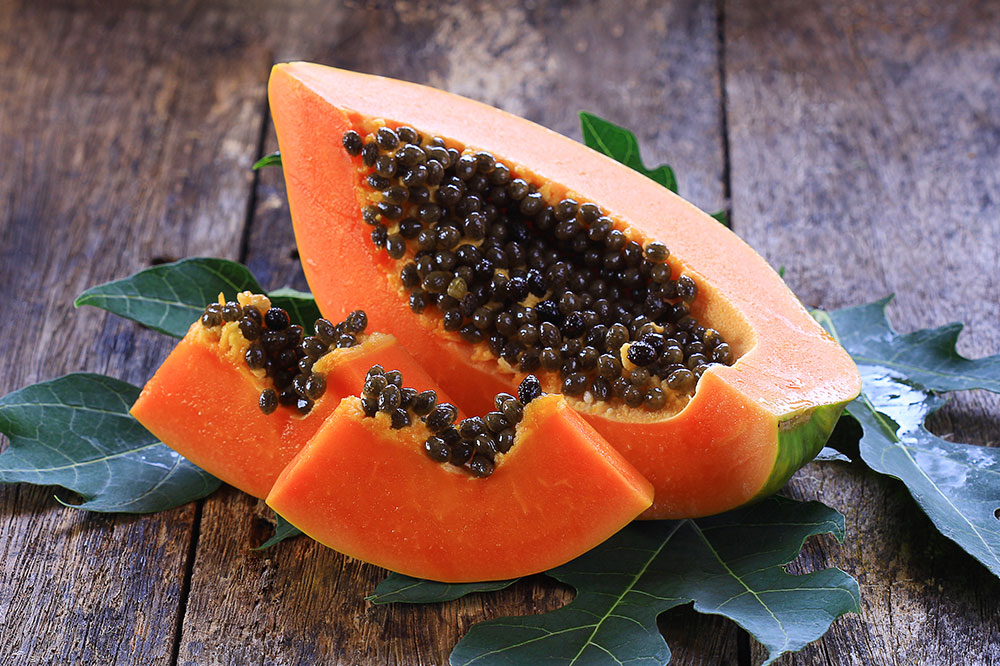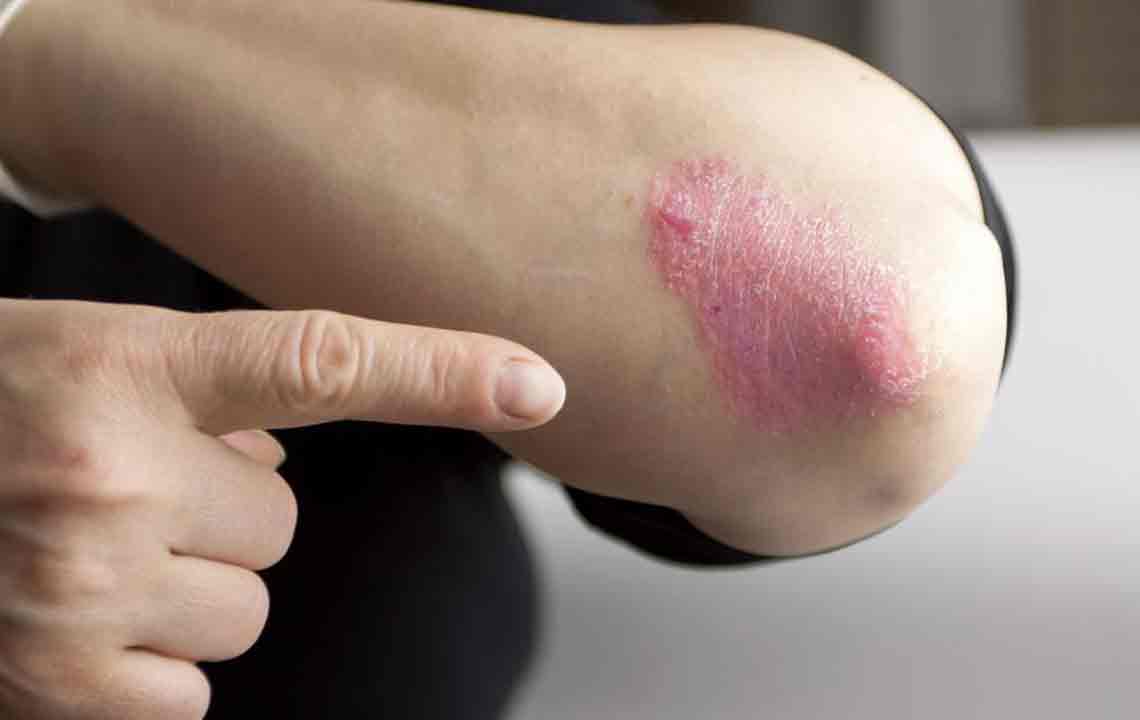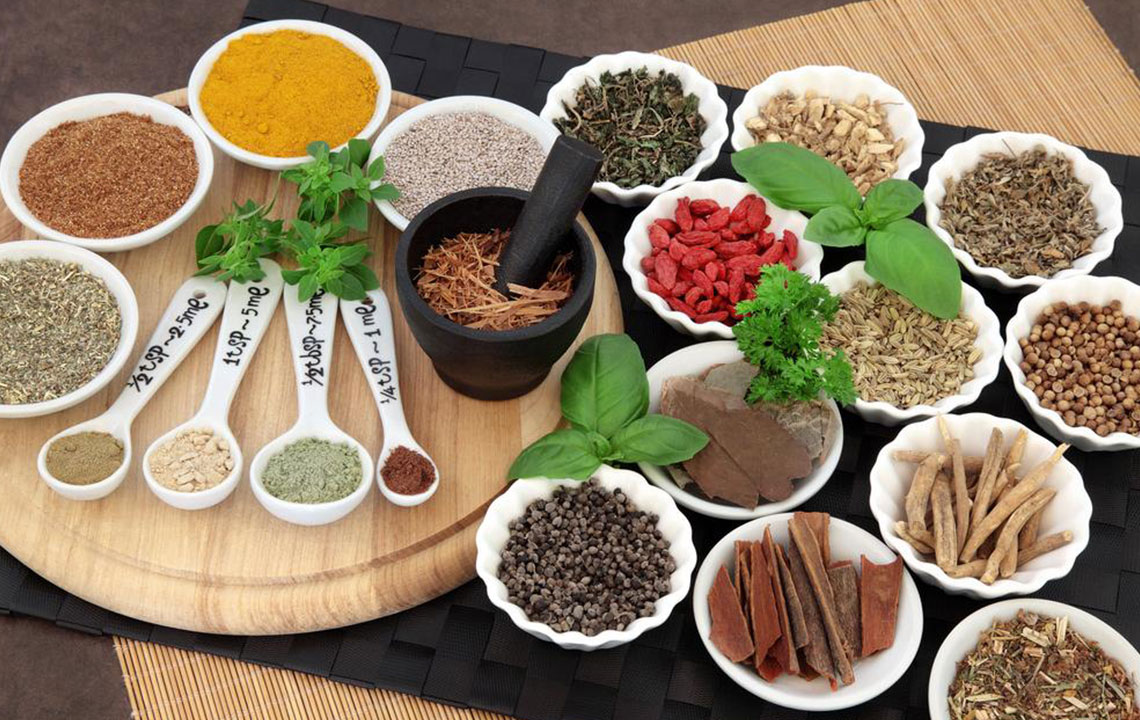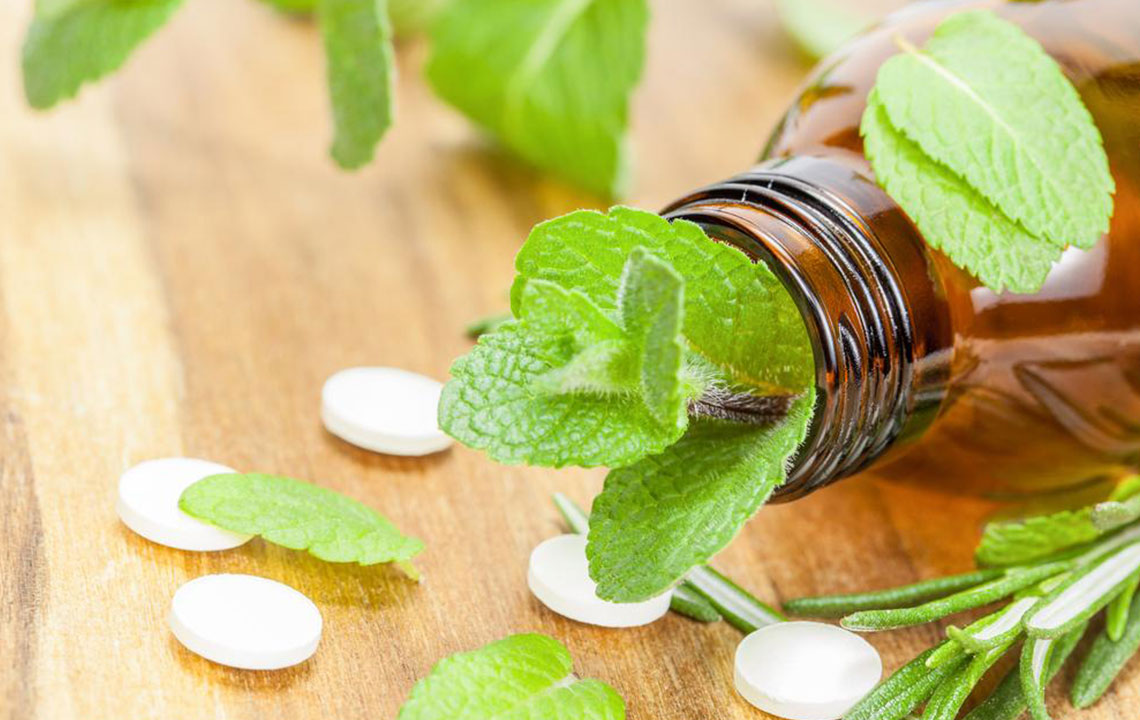Natural Herbal Solutions for Sickle Cell Disease
Explore herbal remedies for sickle cell disease including Niprisan, Fagara zanthoxyloides, Terminalia catappa, and Carica papaya. These natural treatments may help reduce symptoms and improve quality of life alongside conventional therapies. Safe and traditional, they offer promising alternative options rooted in herbal medicine across Africa and beyond.
Sponsored
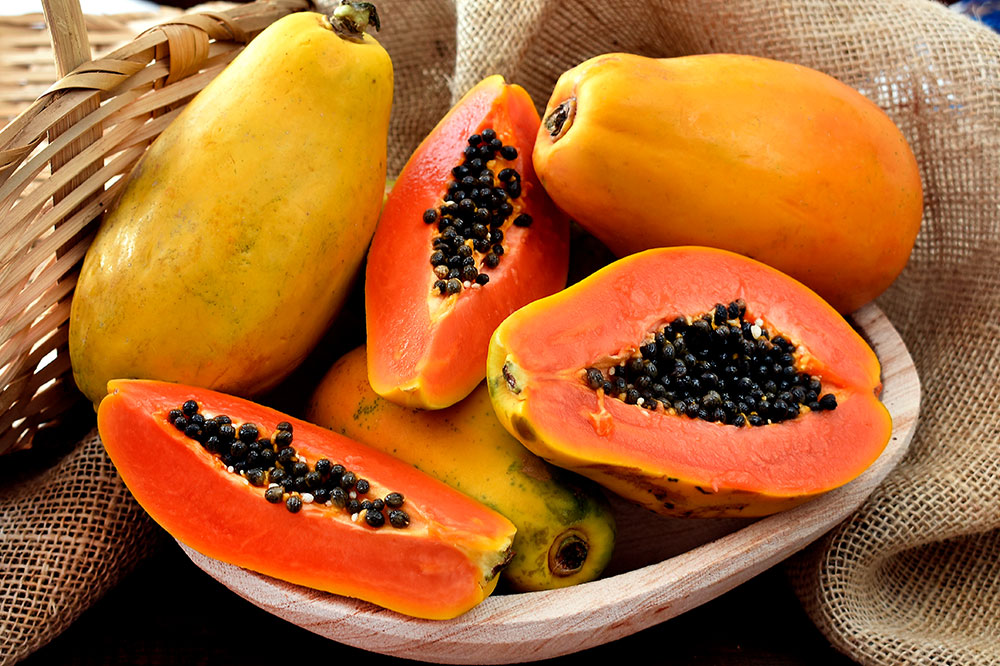
Natural Herbal Remedies for Managing Sickle Cell Disease
Sickle cell disease is an inherited condition where normally flexible red blood cells transform into crescent or sickle shapes. This abnormal shape disrupts blood flow, causing various health issues. While bone marrow transplants are the only definitive cure, certain herbal treatments have shown promise in alleviating symptoms. This article explores four herbal options that may support sickle cell management.
Niprisan Herbal Formula
As Nigeria harbors the largest population of sickle cell patients globally, its National Institute for Pharmaceutical Research and Development created Niprisan—a herbal remedy demonstrating encouraging results.
Made from extracts of four plants:
Piper guineense seed: Also known as West African or Guinea pepper
Pterocarpus osum stem: An African timber
Eugenia caryophyllus: Commonly called cloves
Sorghum bicolor: Known as sorghum, millet, durra, or milo
These herbs contain bioactive compounds like piperine, chavicine, capsaicin, and cubebin, which are safe and with minimal side effects.Another herbal option is Fagara zanthoxyloides, widely used in Uganda for malaria and infections. Its root bark may reduce sickle cell-shaped cell formation and lessen symptoms.
Terminalia catappa, or tropical almond, is valued across Africa, Asia, and Australia. Its leaf extracts have anti-sickling properties, potentially reversing sickled cell formation.
Carica papaya leaves and fermented green papaya are also used. Studies indicate green papaya consumption can prevent and reverse sickling, providing additional health benefits.

